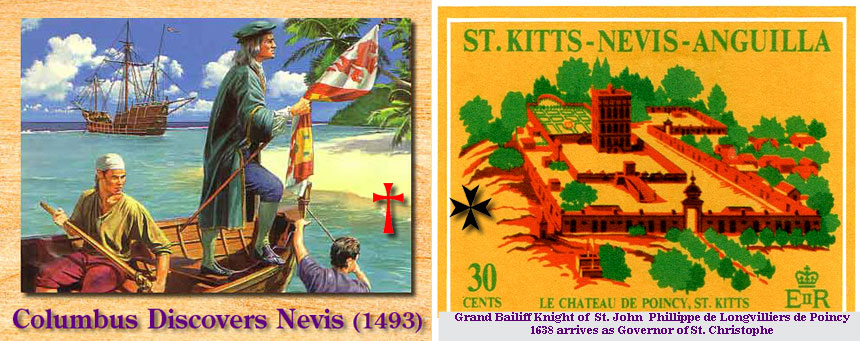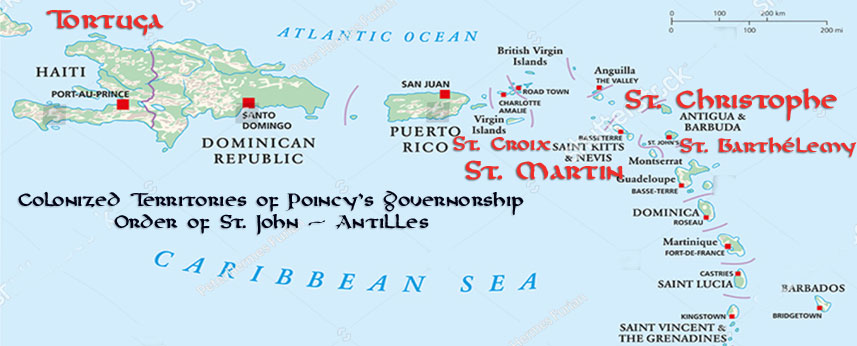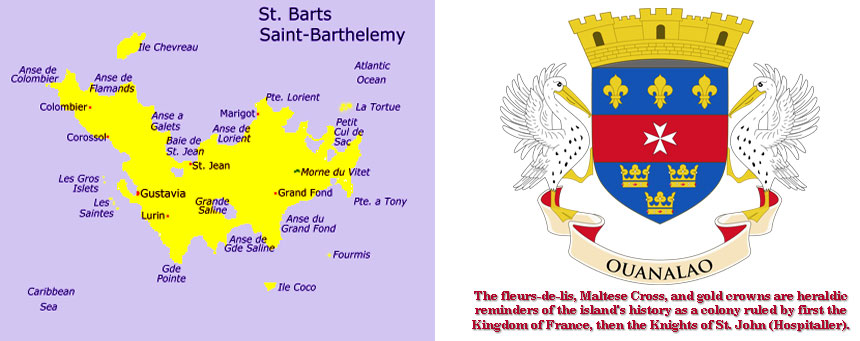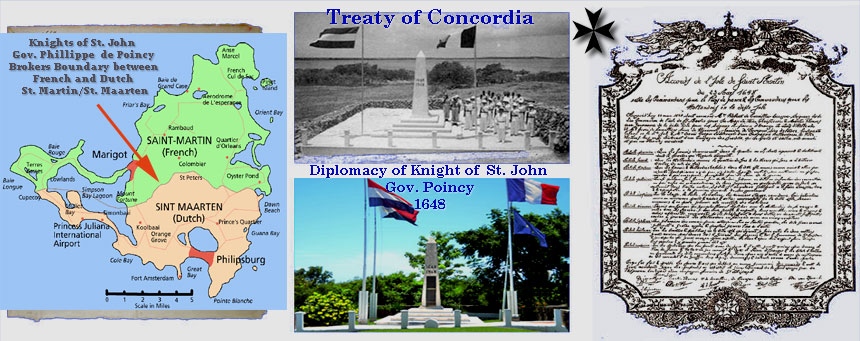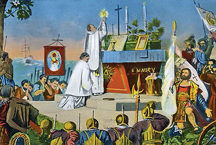ANTILLEAN ORDER
ST. JOHN HOSPITALLERS
Most people think in terms of the “Crusades” having been conducted in the Holy Land of Jerusalem from the eleventh through the thirteenth centuries. However, the' Crusades of the Americas' actually continued throughout the sixteenth century starting in 1492, a Crusade led by Christopher Columbus who was at least related if not a Templar himself, a Knight of one of the religious, military Orders carried on what is now known as the Crusades of the Americas. This is an untold history, yet thoroughly documented in our books.
Lean more
Little has been published about the Hospitallers of St.
John's colonization of the Americas occurring during a
16-year period when they possessed the five Caribbean
islands of Saint Christopher, Saint Martin, Saint
Barthélemy, Saint Croix, and Torguga (Haiti). The key
figure in their contribution to colonization - Phillippe
de Longvilliers de Poincy, was both a Knight of St. John
and admiral, as well as the appointed governor of the
French colonies in the Caribbean and St. Christopher (St.
Kitts).
Le Chateau de Poincy, Diarama of the Grand Bailiff of St.
John estate on St. Christopher (circa 1665) at the Order's
Museum on Nevis Island.
Learn More
World Symposium 2025

The Antillean Order of St. John 10th anniversary symposium with St. Lazarus of Malta on Nevis island...
More
Point-of-Care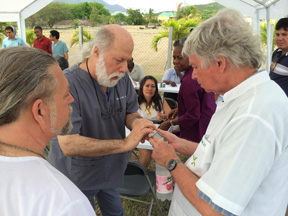
The Antillean Order of St. John continues the original mission of the Hospitallers...
Monastic Medical School
For more than thirty years, ongoing medical conferences, workshops, and seminaries...
Hospitaller Colonization of the Americas
The Hospitallers of St. John colonization of the Americas occurred during a 14-year period in which the Order of St. John or the possessed four Caribbean islands: Saint Christopher, Saint Martin, Saint Barthélemy, and Saint Croix.
The Knights' presence in the Caribbean grew out of their order's close relationship with the French nobility and the presence of many members in the Americas as French administrators. The key figure in the colonization was Phillippe de Longvilliers de Poincy, who was both a Knight and governor of the French colonies in the Caribbean. Poincy convinced the Knights to purchase the islands from the bankrupt Compagnie des Îles de l'Amérique in 1651 and stayed to govern them until his death in 1660. During this time, the Order acted as proprietor of the islands, while the King of France continued to hold nominal sovereignty; however, Poincy ruled largely independent of them both. In 1665, the Hospitallers sold their rights in the islands to the new French West India Company, bringing their colonial legacy to a temporary end.
r
St. Christopher and Nevis
Legend has it that, in 1493, when Columbus sailed past the island for the first time, Columbus imagined a silhouette of St. Christopher carrying the Christ child. So taken by the likeness, he christened the island St. Christopher. For many years it was thought that he named the island San Cristobal, after his patron saint Saint Christopher, the saint of traveling. Nearly two centuries later, when Britain’s Sir Thomas Warner and 14 settlers arrived on its shores, the name had firmly taken root from visits of Sir Francis Drake (1585) and Capt. John Smith (1607). Many decades followed before the nickname St. Kitts was introduced and embraced by the British.
Columbus landed on Nevis Nov. 11-13, 1493 to water his ships and called it San Martin (sighted on Saint Martin's Day). By 1540, Nieves was used by the Spanish cartographers, an abbreviation of Santa Maria de las Nieves, a reference to its cloud cover resembling snow.
